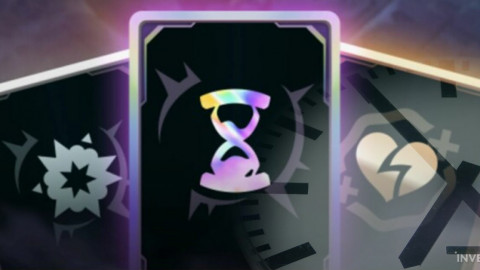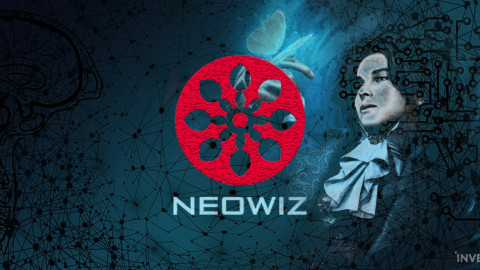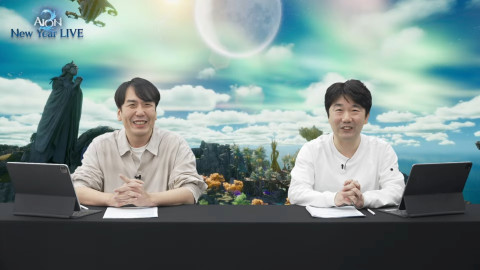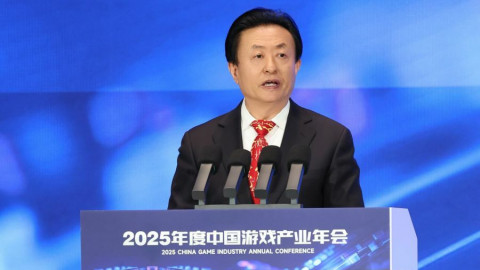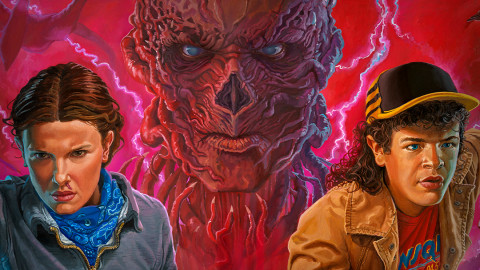
Is it possible for a ‘premier sports league’ that can represent the world to be born in the esports scene? Last year, Blizzard announced their regional franchise system. At that time, no one was sure if this new system would be successful or even viable. However, time has passed, and the Overwatch League (OWL) is already in stage 2. The concept that seemed questionable at first now seems to be working quite well.
OWL is now looking at a greater goal. After all, there are still some parts to supplement. For OWL to be a more stable league, the regional league, Contenders, has to be in place, and more sponsors and fans are needed. Also, since it is a regional franchise system, matches must be held in other regions rather than in one location.
OWL commissioner Nate Nanzer was confident on these matters, and has faith in the advantages that Overwatch has over traditional sports. With the opening of the Contenders league, OWL is in its second act; will they be able to accomplish the goals they set? We had an interview with Nate Nanzer to learn what he thinks.
Q. Welcome to Korea. Can you introduce yourself briefly to the OWL fans of Korea?
My name is Nate Nanzer, I’m the commissioner of the OWL and I also oversee all Overwatch esports like Contenders.
Q. What made you come to Korea?
I came to Korea to for a couple of reasons. One, I tried to spend time in different regional offices throughout the year; I was in China last week and Korea this week. We had a press event yesterday for Overwatch Contenders, something like a showcase. We had a similar event at Guangzhou last week. I also have been looking around Korea at the different venues for future events we may hold in Korea.
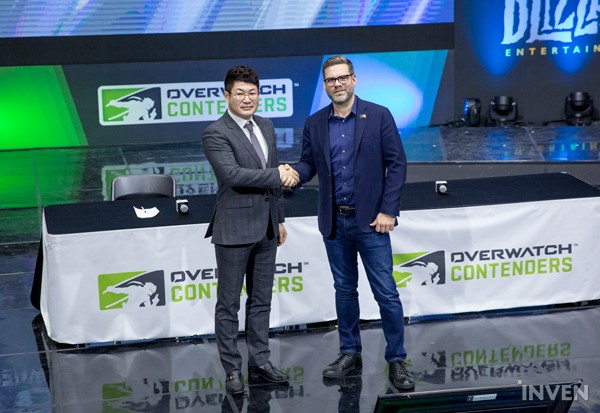
Q. The number of total viewers of OWL’s first week was more than 10M. It was a good start; is that success carrying on in stage 2? Why do you think that is?
We’ve actually seen very encouraging viewership, especially since we started our viewership inserted programs so that fans can earn Overwatch points by watching our league on Twitch. Also, we’ve been seeing really high quality play and really exciting matches with many upsets and reverse sweeps.
Q. Many companies that aren’t closely related to the IT industry such as Toyota have participated in the OWL as partners. What type of synergy do you expect from them?
On one hand, I think those brands see our demographic as being very valuable. For us, we’ve really wanted to make sure that we’re making authentic content-driven integrations and activations with those brands, so we’ve recently launched Access Granted, which is sponsored by Toyota, The Turning Point, sponsored by Sour Patch Kids, and we’re going to be doing a lot of additional content. It’s not just about us putting a logo on the broadcast; we wanted to be much more authentic and focused on creating branded content that is great for both the brands and fans.
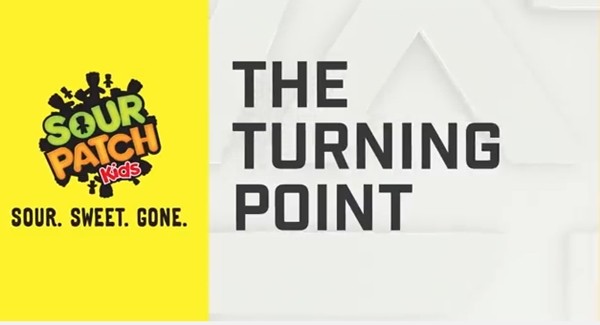
Q. The other esports leagues of Blizzard games were held by regions. Why was OWL started as one big league?
For Overwatch in general, we went in a different direction than the esports we’ve had in the past. We wanted to build a premier global league and something similar to traditional sports in the US like the MLB and the minor league system below that. We wanted to go in that direction because Overwatch is a very global game. There’s a big player base worldwide, so we thought creating a global league made a lot of sense based on the audience. We also thought to have OWL be the pinnacle esports competition, it is important to have the all the best players in the world be in the league regardless of where they’re from.
Q. In other Blizzard esports leagues, a certain number of players need to be from that region, yet there are many teams in OWL that consist of only Koreans. Is there a reason that you didn’t adopt the same rule as other esports leagues?
When we make a game into an esport, we try to design a program that makes the most sense for that game. For Overwatch, we thought it made sense to not have any restrictions like that. I think fans around the world just want to see the best players, and I don’t think they necessarily care whether the players are European or Korean, they just want to see awesome players. That’s why we decided to go that way with Overwatch.
Q. All the members of London or New York are Koreans. Are there any complaints from the regional fans about that matter?
No, there aren’t. For example, how many guys from the New York Yankees are from New York? It’s very common in the traditional sports scenes. Son Heung-min plays for Tottenham, and Tottenham fans don’t care where he’s from, he’s a superb football player and that’s all that matters to the Tottenham fans.
Q. Since OWL started, there have been many player interviews. You revealed a video of the players of Seoul Dynasty having dinner with people from Blizzard. What are you focusing on by making this content?
For the league to be successful, we thought that it’s important to make interesting esports content. We also need to be good storytellers, and I think the fans love to know more about the players outside of the game. They want to know the players more and learn their stories. It’s an area we definitely want to invest in more and we want to create more content to give fans a deeper look at the players outside of the game.
Q. Have you met the players of OWL?
Of course, all the time. (Laughs) We have the main studio where we have the matches, and all the player practice facilities are right down the hall, so everybody sees everybody all the time.
Q. What are your impressions of the players?
Most of the Korean players in the OWL are adjusting very well. Korea is very westernized in some ways, and LA has a lot of Korean culture, so it makes it relatively easy for the Korean players to adjust to life in LA. Everybody is getting along quite well, we have Sin-ramen bowls in the player lounge, because Korean players are very picky eaters. (Laughs) They always complain that the American food is very salty, which I think is weird because I think Korean food is very salty.
I know all the Korean players are friendly to each other, even if they’re on different teams. The best way I’ve heard it described was from, Jake, from the Houston Outlaws; he said that with the environment in the Blizzard Arena, all the players are like co-workers.
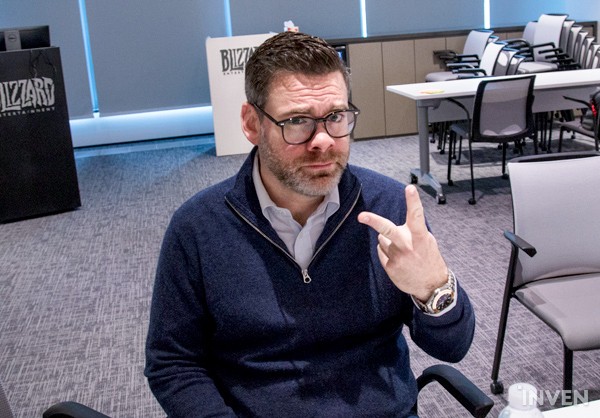
Q. There are many people around the world that don’t know much about esports. In traditional sports, even people who don’t know about that sport go to the stadium to enjoy the game. Do you think the same will be possible in the esports scene, in the OWL?
Yeah, definitely, it will happen over time. Already a lot of people go to esports events even though they don’t play the game. The trend is beginning to spread around the world. That’s actually one of our goals. The reason we wanted to have city-based teams is we want to get to a future where if New York and London are playing against each other, we want the match to be played in either New York or London. That will give the fans around the world an opportunity to engage with the content live.
The disadvantage that esports has compared to traditional sports is that since traditional sports have been around for so long, even if you don’t like that sport, you know roughly what the rules are. If a friend took you to a game that you don’t know about, that friend will spend the first 20-30 minutes explaining the rules of the game. One of the advantages Overwatch has is that it’s pretty simple. It’s easy to explain. Obviously there’s more depth to it, but the same can be said of traditional sports. I definitely think that as the esports scene grows, the audience will grow as well.
Q. We’ve heard that the players of the OWL have good welfare with things like superannuation, health insurance, prize money, and bonuses. With that kind of treatment, how did the players change?
It was important for us to support the pro players and treat them the same way professional athletes are treated. I hope the result is that the players are more motivated. I don’t think that it changed the players that much, but I think it’s a very strong motivating factor.

Q. You’ve announced that all profits from ticketing for Contenders will be supplied to the teams. With that, do you think that the Contenders teams will be able to stand on their own?
That would be just a small piece; we also worked so that the prize pool will be spread a little bit more evenly than it has been in the past on the Contenders level. I think ticketing is one place to start. We definitely want to open up more ways to create revenue at the Contenders level. Hopefully, as Contenders grows, we’ll be able to acquire sponsors and other revenue sources to share among the teams.
Q. Contenders is having three seasons. There will be as many matches as there are in OWL. Why did you decide to have that many matches?
I think one of the complaints we heard about APEX was that it didn’t have enough games, since it was more of a tournament than a league. The fans wanted to see the teams play more. We also wanted to have a more consistent league-style format, so that we could have a consistent schedule for Contenders. For all esports, we always listen to the feedback from the fans, players, and team owners, then we make adjustments if we need to, but we think this 6 week league and playoffs format is a good starting point.
Q. During the Contenders season, players can be transferred to OWL. If a player suddenly gets transferred, the Contenders team that has to give up the player may end up in a difficult situation. How do you plan to compensate when that happens?
We allow the contenders team to add players whenever they need to. We’re trying to create a system where aspiring pro players can play, teams in the regional Contenders leagues can support those players, and teams can also make money through sponsorship in other areas. We need to make sure to have a clear path; if an OWL team wants to sign a player, the player should be able to go, while at the same time the Contenders team is compensated in some way, for the fact that they found and developed the player. So that’s the goal. The rules we put in place this year are a good starting place for that. There have already been some transfers, so we can get feedback and more information on that to see how it works. I think we’ll continue to keep an eye on it to further enhance it. The main goal is to make sure that the players are able to move up and the teams that raised the players are properly compensated.
Q. Up to now, the OWL teams have been managing Contenders teams voluntarily. Do you plan to have teams be obligated to have an sub-team like other sports?
We don’t have any plans to do that now, but never say never. I think it will naturally happen. Of course the OWL teams will want to have a Contenders team, because it’s a great opportunity to train potential talents. Also, because you have to be 18 to be able to compete in OWL, having a Contenders team is a way to have players who are 16 and 17 get ready for OWL. We already have 9 of our teams with Contenders teams, and I think there will be more appearing as we add more OWL teams.

Q. It seems that you’ve put in a lot of effort to have a clear image of each team. Each team has their own skins and colors. Why did you put so much effort into that?
The main reason is to make Overwatch as fun to watch as it is to play. One of the challenges was when spectating, when you go from Tracer to Tracer, you’re confused about which tracer you’re watching. We wanted to make it very clear with the home & away uniforms to have the viewers know which player or team they’re looking at. I think it’s a great system to make watching Overwatch a more fun experience.
Q. Currently, OWL is only being held in one place. Are you planning to build more arenas in other places? Or are there any plans to hold important matches like playoffs, finals and so on in any other places?
The plan is to have every match in OWL be played in the home city. I don’t have anything to share on what we’re going to do next year. We’ve been looking for different venues around the world for events like finals or All-star games. Those are potential opportunities for us to do things outside of LA. We don’t have anything to share on it yet, but it’s definitely something we’re working on. So maybe in a few years, we want to have all the games be held in the home cities around the world, but until such a time, we’re thinking of ways to do so.
Q. There are so many fans that come to the arena even though OWL is held 4 days a week. Can you explain to the Korean fans how OWL is in person? Like the atmosphere and such?
The Blizzard Arena is really cool. We have the merchandise area, where we sell jerseys and all the team stuff. It’s a beautiful theater; the chairs are surprisingly comfortable, like a movie theater. The most amazing thing about being there in person is the screen. Especially when you’re sitting on the floor, it feels like you’re surrounded by the screens.
We do a lot of stuff in between the breaks; we even have T-shirt cannons so that we can shoot T-shirts into the audience. One of the coolest things we do is, at the end of the night, when all the matches are over, one of the teams will come out and sign autographs for the fans and take pictures with them. Once, when Seoul Dynasty came out to do that, about 150 people stayed for them and they signed autographs for like two hours. A lot of times, players will just go out in the Arena and meet with the fans. I think it’s a cool experience for the fans and we’re trying to make it really fun.

Q. When you announced the regional franchise system, you said that you are aiming to be like traditional sports. How close do you think the league is to that goal?
I think we’re off to a good start. To actually realize our vision and goals, we are going to need more teams around the world. We will be starting conversations about season 2 expansion teams and we’re really focused on additional teams in Asia and Europe. Eventually our goal is to have around 28 teams around the world.
Q. What is the ultimate goal for OWL and Contenders?
The ultimate goal for OWL would be to become one of the premier sports leagues in the world. Not only having great competitions and great players, but also being commercially successful like traditional sports leagues, having significant revenue and sponsorships. As for Contenders, the goal is to have thriving local leagues. Even if we have the maximum number of teams in OWL, only a finite number of players can play there. So we need robust thriving local leagues for the many players who want to compete. The best will rise up and go to OWL, but there will also be players that can stay in the Contenders.
Q. To do so, what change do you think is needed?
I think we need to continue to develop our efforts in the different regions. The more money we can bring in via sponsorship, media deals, merchandise, and licensing, the more money we can invest in the ecosystem. Esports has been around a long time in Korea, but I wouldn’t say the business side of esports here is super successful. The sponsorship and merchandise programs are still relatively small. I think that’s the area we really need to develop so we can get more money into the ecosystem.
Q. Do you have any last comments for the OWL fans?
I want to say thank you to all the fans. Especially to the Korean fans. I know it’s not quite at the best time but we’ve seen really good viewership on the Korean streams. Thank you to all the fans that are tuning in. We’ve recently hired someone to create more content exclusively for the Korean market. The Korean fans are very passionate, I know that, and we’ll try to create decent content for them.

Sort by:
Comments :1
-
1

level 1 Slayer
Thank you for this interview. 28 cities is going to be tough to manage, but I hope Blizzard pull it off




